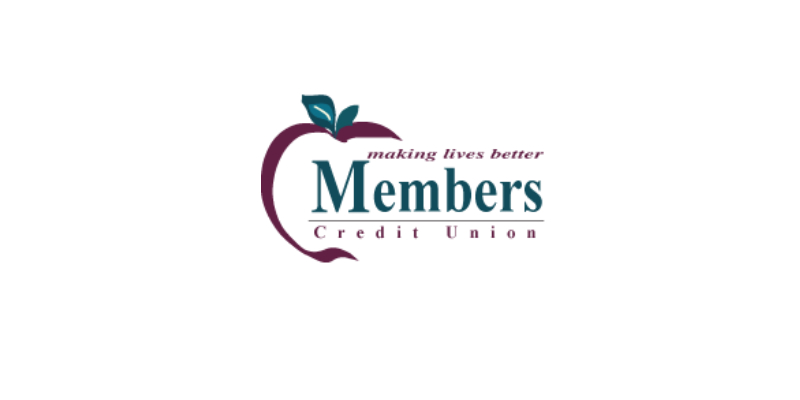
Mobile banking, mobile lending products, and internet banking are some of the key product development efforts to gain millennial’s membership. An article by CU Management furthers the discussion on how to market your financial institutions emerging technology products and services to potential Gen Y and Gen X members:
PR Insight: Marketing to Millennials
Millennials are an increasingly important demographic for marketers to reach. In fact, Whole Foods recently launched a new chain of stores under a separate banner that will be geared to appeal to Millennials—in product selection, pricing, and marketing strategies. One motivating factor is the sheer size of this generation. In 2015, Millennials overtook baby boomers as the largest living generation in the U.S. and will represent nearly 76 million consumers.
The millennial generation, ages 19 to 35, is not only the largest population segment, it is the most racially diverse and highly educated generation in American history. Given these facts, the millennial generation is increasingly important to the future success of financial institutions. Financial institutions need to be working aggressively now to attract and retain younger members to prosper as a viable financial services provider in the future.
Reaching Millennials will not happen simply by launching a Facebook page or tweeting updates. While social media is the preferred vehicle to reach Millennials, the following strategies will help your credit union gain and, more importantly, maintain Millennials’ attention.
Millennials Are Always On
According to research by social marketing platform Crowdtap, Millennials spend an average of 17.8 hours a day reading and perusing different types of media. Those hours represent a total across multiple media sources, including Facebook, text messages, print magazine, television, and others, some of which are consumed simultaneously.
Research has also demonstrated that some forms of media are more important to Millennials than others. Social media is a top priority, as 71 percent say they engage in social media daily. User-generated content — which encompasses social media posts, photos, blogs, email, texting and talking to others about media — occupies about 5.4 hours of the average Millennial’s day. That’s 30 percent of their total daily media consumption. User-generated content shapes Millennials’ lives more than any other form of media. Information gathered through user-generated content is trusted 40 percent more than information from other media, including newspapers and magazines. Millennials also find user-generated content 30 percent more memorable than other sources.
What this research means for financial institutions is important. Today, most marketing budgets, even those geared toward social media, are focused primarily on sending out messages. Research indicates brands that want to effectively reach Millennials are increasingly relying on “influencers” – in other words, user-generated content that is designed to shape or influence their peers’ perceptions of that brand. The best social media isn’t simply about pushing out content, but instead inspiring others to publish content about their brand.
Millennials Want to Engage in Communication
Millennials want to know a company is paying attention to their specific needs. Reaching Millennials through social media channels, such as Twitter, Tumblr and Facebook, is the first step in attracting this unique demographic. However, if your financial institution does not engage in two-way communication, and simply pushes out communication via social media channels, you will quickly lose the attention of the millennial audience.
Financial institutions can engage Millennials in a variety of ways, including simply responding to tweets or “liking” a Facebook comment. Engaging Millennials adds value to their interaction and experience with your brand. You can take this a step further by creating tailored promotions and individual responses to your members, creating the impression that each member and, more importantly, their opinion is valued by the financial institution.
Social Responsibility is Important to Millennials
Research indicates that Millennials have high expectations for corporate responsibility efforts. This is an area FIs have always valued and, as such, is an area that will help them connect with the millennial generation. In fact, one study indicated that Millennials will switch their business from companies that do nothing to serve their community to companies that publicly show concern and are committed to outreach efforts. Creating a socially aware site that emphasizes the causes and outreach program your credit union supports is yet another way to not only attract Millennials but also engage and connect with this audience.
However, similar to social media outreach, it is not simply enough to state which causes your institution supports. Millennials expect a certain degree of transparency. This is an area in which sharing personal stories and explaining why the institution supports and values certain causes will help build that connection. Connecting with your audience through community activism is a great method to build long-term brand loyalty and generate support for community outreach programs. Millennials respond positively to these characteristics, attracting both loyal consumers and brand ambassadors.
Attracting the next generation of members is critical to the future success of FIs. The strategies listed above will help your institution not only attract, but build long-term connections with Millennials.
you may also like
7 Reasons Personal Finance Management (PFM) Sucks
7 Reasons Personal Finance Management (PFM) Sucks PFM (Personal Financial Management) refers to financial technology that helps…
Read More
Mobi¢int Welcomes Members Credit Union
Sandy, UT (August 2017) — The Cos Cob, Connecticut-based credit union chose to implement mobi¢int for their…
Read More










